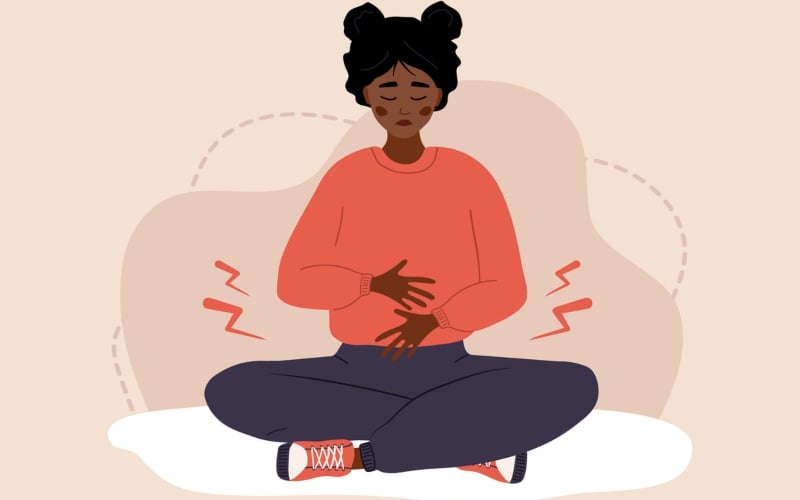Over 250 million people worldwide are battling lymphedema, and the numbers continue to increase. Due to the rise in cases, experts have been studying more convenient and accessible treatments for patients. It may not be a permanent cure, but much of what researchers are learning will make the situation easier and more bearable for sufferers.
Photo: Wikimedia Commons/Medical doctorsLymphedema is the buildup of protein-rich liquid in areas with soft tissues — such as the arms and legs. Lymphedema is caused by damage to or the absence of lymph nodes, and it is characterized primarily by limb swelling but has many other symptoms. A person diagnosed with lymphedema often deals with restricted limb movements, skin infections, sepsis, and pain or numbness.
Lymphedema has no available cure — patients are only treated with methods that can reduce swelling. According to an article from The Engineer, the treatment routine includes “specialist massage and compressive bandaging, skincare, and decongestive exercises, which the researchers said are intensive and impact patient autonomy.”
 Photo: Wikimedia Commons/DocHealer
Photo: Wikimedia Commons/DocHealer The good news is that engineers from Nottingham University Hospitals NHS Trust are working with the Engineering and Physical Sciences Research Council, part of UK Research and Innovation, and they have funding of £450,000. Their team is in the process of creating a new arm sleeve that is more convenient than the current compression garment.
A study showed that 80% of participants with lymphedema suffered from inconveniences they experienced while wearing compression garments. Movements became more limited, and choosing clothes that fit right was also challenging. In addition, the effectiveness of compression garments is hit-or-miss and is affected by how often the garment is washed and worn. Hence, patients need regular visits to their healthcare providers to observe the compression garments, and new garments must be purchased regularly.
 Photo: Wikimedia Commons/Science History Institute
Photo: Wikimedia Commons/Science History Institute Due to these difficulties, Nottingham Trent University will move forward with a more hassle-free treatment for lymphedema patients. The use of a smart textile arm sleeve is the beginning of a more convenient method — to compress the affected area of the body more comfortably.
“The potential of this project could radically change the management of patients with lymphedema and the use of compression in particular. It has personally been one of my own goals to see active compression, and I am delighted to work with Dr. Wei on this project,” says Professor Christine Moffatt, CBE, Clinical Professor of Skin Integrity from Nottingham University Hospitals NHS Trust.
Dr. Yang Wei is also a researcher from Nottingham University — a professional in electronic textiles and electronic engineering. He shared in The Engineer, “This will be a breakthrough smart medical textile garment, which will be effective, unobtrusive, and easy-to-use, stimulating lymph circulation and significantly improving the treatment of patients with lymphoedema.”
 Photo: Wikimedia Commons/Greentreepencil
Photo: Wikimedia Commons/Greentreepencil Aside from Nottingham Trent University, this medical project is also supported by industry partners Electra Polymers Ltd, Haddenham Healthcare Ltd, and Medi GmbH.
Smart textile arm sleeves are a more advanced device than the already existing compression garment. It uses a square wave with a maximum of 30 mA low frequency that performs well with the lymphatic system. For safety purposes, the voltage used on the equipment is below 100 vrms. The study has already shown 60% improvement for wearers.
The new sleeve is designed to be durable and washable — it will adapt to fit various patients. More importantly, the new arm sleeve will help the lymphatic system increase circulation.
Improving the compression garment will lessen the hassle for patients and the NHS. There are high hopes for this medical project to finally provide ease to lymphedema patients. Engineers and other experts will definitely press on with the project — giving hope in the form of smart textile sleeves.
Written by Ergil Ermeno
Provide Mammograms
Support those fighting Breast Cancer at The Breast Cancer Site for free! →
WhizzcoOriginal Article










